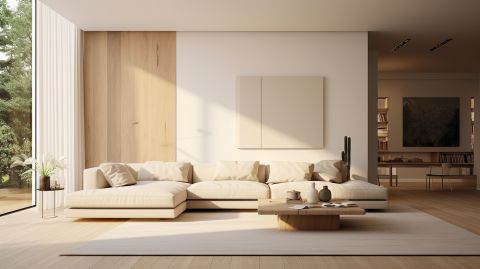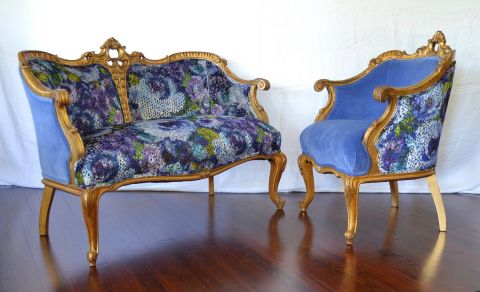The Art of Minimal Interior Design
2024-11-06 14:37:01
Minimalism in interior design has transcended from a mere trend to a timeless aesthetic that continues to captivate individuals seeking tranquility and sophistication in their living spaces. Rooted in the principle of less is more, minimalism in interior design has become a powerful movement, emphasizing simplicity, functionality, and a mindful approach to creating harmonious environments. This article explores the essence of minimal interior design, its origins, key principles, and the transformative impact it can have on our daily lives.

Origins of Minimalism
To understand the roots of minimal interior design, its essential to delve into its origins. Originating in the mid-20th century, minimalism emerged as an artistic movement in response to the excesses of the preceding decades. Artists like Donald Judd and Frank Stella sought to strip away unnecessary elements, focusing on essential forms and clean lines. This ethos eventually extended to architecture and interior design, giving birth to the concept of minimalism in the home.
Key Principles of Minimal Interior Design
Minimal interior design revolves around a set of core principles that guide the creation of serene and uncluttered spaces. Explore the significance of simplicity, functionality, and a deliberate selection of design elements. Dive into the use of neutral color palettes, clean lines, and the strategic use of negative space to create an environment that fosters both visual appeal and a sense of calm.
The Power of Decluttering
At the heart of minimalism lies the art of decluttering a practice that extends beyond physical possessions to encompass the mental space as well. Learn about the transformative impact of decluttering on the psyche and how minimal interior design encourages a mindful approach to material possessions, promoting a more intentional and purposeful way of living.
Functionality and Practicality
One of the pillars of minimalism is the emphasis on functionality and practicality in design. Explore how minimal interiors prioritize the utility of each element, showcasing furniture and decor that serves a purpose while maintaining a sleek aesthetic. Discover the beauty of multi-functional furniture and the joy of living in spaces that effortlessly adapt to the needs of the inhabitants.
The Role of Natural Elements
Minimal interior design often incorporates natural elements to enhance the overall ambiance. From the use of sustainable materials to large windows that invite ample natural light, discover how nature becomes an integral part of minimalistic spaces. Explore the calming influence of indoor plants and the strategic integration of nature-inspired textures to bring warmth and depth to minimalist interiors.
Achieving Minimalism on a Budget
Contrary to common misconceptions, minimalism doesnt require an exorbitant budget. This page explores practical tips and affordable strategies for achieving a minimal interior design. From repurposing existing furniture to adopting a mindful approach to purchasing, discover how anyone can embrace the beauty of minimalism without breaking the bank.
Minimalism in Different Design Styles
While minimalism has a distinctive identity, it seamlessly integrates with various design styles. Explore the versatility of minimalism in contemporary, Scandinavian, and industrial design. Witness how the principles of minimalism can be adapted to suit diverse tastes, creating spaces that are not only aesthetically pleasing but also reflective of individual personalities.












